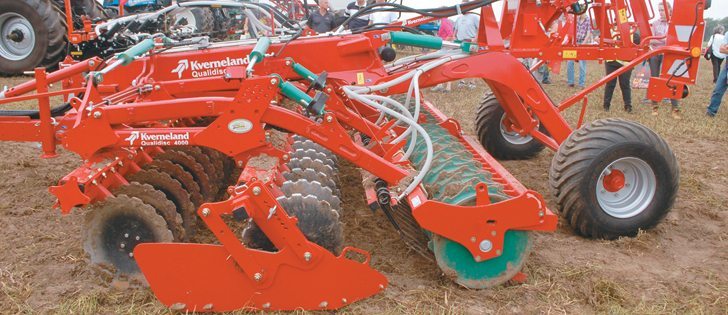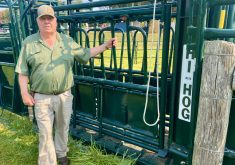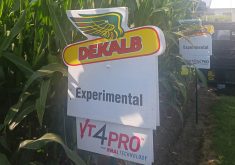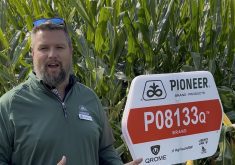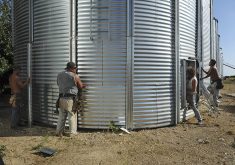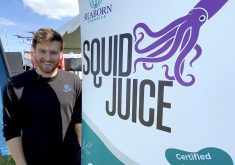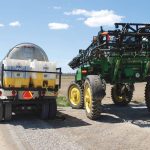WOODSTOCK, Ont. — Designs incorporating two gangs of offset discs followed by rolling harrows dominated the cover crop tillage demonstration at Canada’s Outdoor Farm Show earlier this month
However, the demonstration featured a wide range of choice in terms of equipment weight, horsepower requirement, depth control, disc and bearing design and price.
Ontario agronomist Pat Lynch provided the commentary for the demonstration, which featured 20 tillage units.
“They’re all good machines,” Lynch said. “They tend to work the ground in different ways, and that’s a good thing. Different producers have different soil conditions and crop requirements.”
Farmers within the supply management sector and those with a lot of acres to cover are more likely to be able to justify the investment, but Lynch said there are also other options.
“Many of these are too expensive for growers with, say, 200 acres, where they’d use it, but most dealers are willing to rent. These days, I think there’s more farmers renting or having a custom operator do the work.”
Lynch is big on conservation tillage, although he said there are situations where more aggressive tillage, in-cluding the moldboard plow, may be warranted. Some of the newer plow designs work to a relatively shallow depth and leave trash on top, he added.
Read Also

Fusarium head blight mycotoxin detector in the works
A PhD student at the University of Saskatchewan has been working on developing a method of detecting fusarium damaged kernels to ease the struggles of producers, agronomists and industry.
The condition of older tillage equipment is another consideration
“It may be cheaper to use conservation tillage to eliminate the number of passes,” Lynch said. “There’s a lot of equipment out there that has as passed its best before date.”
The demonstration was conducted in Oxford loam where red clover was planted following the winter wheat harvest. Lynch said it was 14 to 16 inches tall before it was killed with a herbicide treatment and then flattened by heavy rain.
“For me, this is the way to go,” he said. “We have a million acres of wheat in Ontario, so we should have a million acres of red clover.”
Most of the disc-gang equipment featured adequate spacing to handle higher volumes of trash.
There were also strip-tillage machines, machines with shanks designed to shatter hard pan and an AerWay unit with its patented Shattertine technology.
Among the lesser known brands were the Tulip from the Netherlands, which has captured 80 percent of the Australian conservation tillage market, and the Väderstad Carrier 500 from Sweden. The Väderstad and Tulip units featured disc gangs and rolling harrows.
Ontario brands included the Salford 2100, AerWay, Strip Cat from Horst Welding and Walco Equipment’s He-Va.

